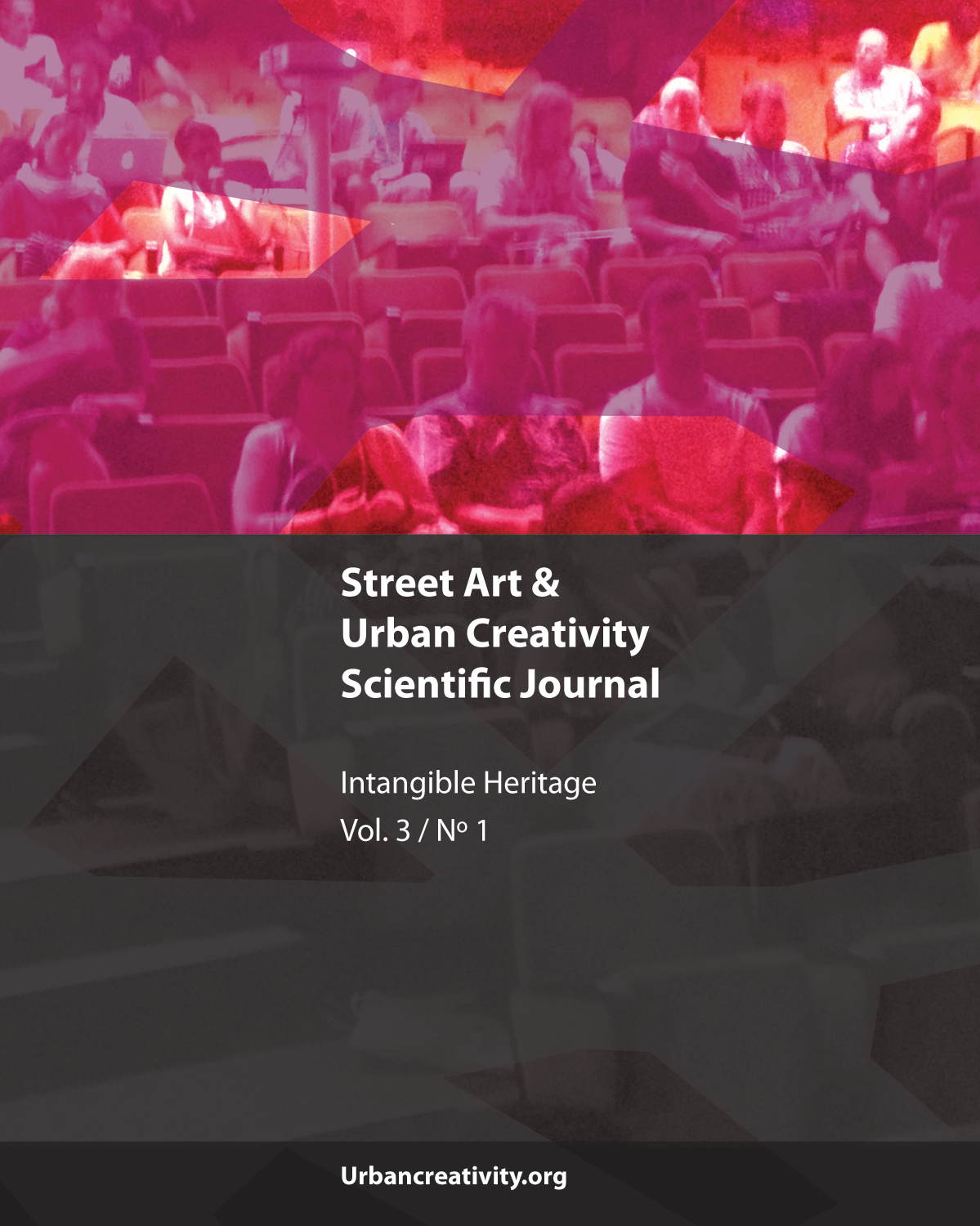From post-graffiti to contemporary mural art:
The evolution of conservation criteria
DOI:
https://doi.org/10.25765/sauc.v3i1.60Keywords:
Street art, Graffiti, Murals, Conservation, Criteria, RestorationAbstract
Works of art in public spaces are part of a type of art adrift because, throughout their existence, they face different attempts of appropriation. From the first instance of sales of graffiti in international fairs like ARCO to their involuntary arrival at auction houses, all of these intermediate actions can be understood as attempts at conservation, since there is a system of assessment in which their ephemeral nature is more questionable than their need for survival. This change of approach also influences the different self-organized artistic approaches that have given way to commissioned works of art, due to the professionalization of artistic activity, which has given rise to a legal change in works of art and, therefore, in the possibilities of their transcendence.
Downloads
Global Statistics ℹ️
|
205
Views
|
72
Downloads
|
|
277
Total
|
|
Downloads
Published
How to Cite
Issue
Section
License
Those authors who publish in this journal accept the following terms:
-
Authors retain copyright.
-
Authors transfer to the journal the right of first publication. The journal also owns the publishing rights.
-
All published contents are governed by an Attribution-NoDerivatives 4.0 International License.
Access the informative version and legal text of the license. By virtue of this, third parties are allowed to use what is published as long as they mention the authorship of the work and the first publication in this journal. If you transform the material, you may not distribute the modified work. -
Authors may make other independent and additional contractual arrangements for non-exclusive distribution of the version of the article published in this journal (e.g., inclusion in an institutional repository or publication in a book) as long as they clearly indicate that the work was first published in this journal.
- Authors are allowed and recommended to publish their work on the Internet (for example on institutional and personal websites), following the publication of, and referencing the journal, as this could lead to constructive exchanges and a more extensive and quick circulation of published works (see The Effect of Open Access).













